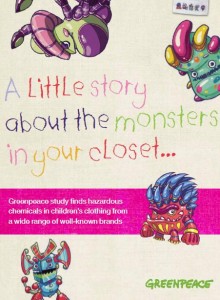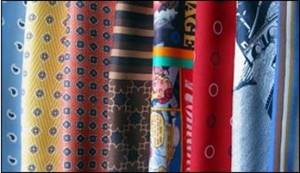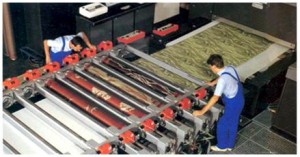Greenpeace puts the spotlight on hazardous chemicals in childrenswear
The environmental activist organisation Greenpeace released a new investigation titled “A little story about the monsters in your closet“[1] which is a continuation of a long campaign against leading multinational fashion brands, a campaign that started in 2011 as “Detox campaign” and caused leading brands to establish their Zero discharge of hazardous chemicals (ZDHC) programme. The progress of ZDHC has been criticised repeatedly as being slow and inefficient, and founding members adidas and Nike have even been blacklisted as “greenwashers”, in Greenpeace´s Detox catwalk[2]. We have covered the story since 2012[3]. It seems, if one measures the vision of a 2020 phase out against the current data from the latest Greenpeace study, it is still a long way to meet the targets of zero discharge in the textile industry.
Through this way of campaign escalation, by putting the spotlight of toxic chemicals in childrenswear, the general public will be reached emotionally and more awareness will be created for Detox campaign.
To read the full article, please login. The full content of this article and all premium articles is available exclusively for site members.
Site membership is free. If you are an existing user, please login. New users may register below.




